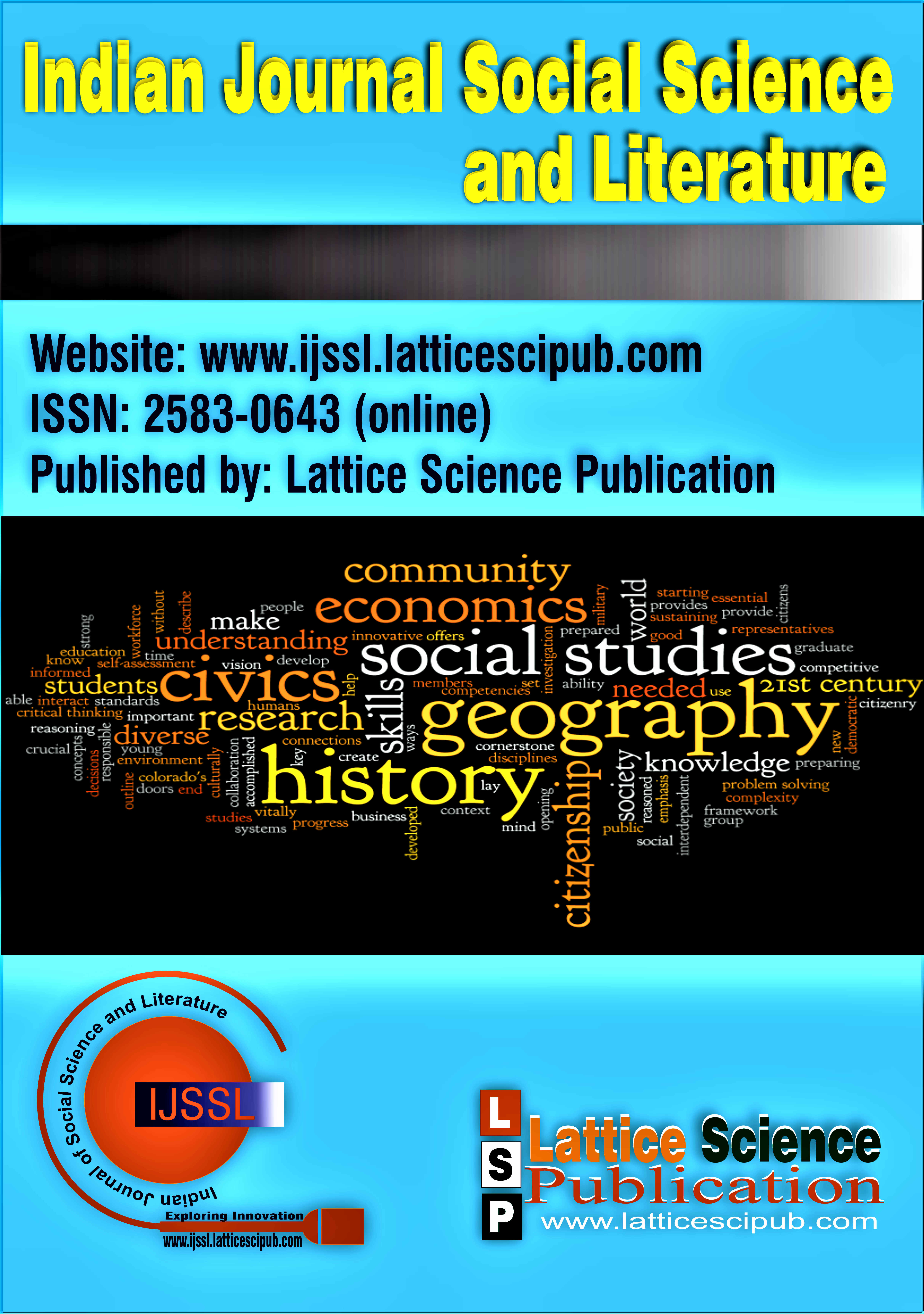Are Economic and Objective Indicators Sufficient to Determine Life Satisfaction? An Empirical Investigation
Main Article Content
Abstract
Human values and experiences have generally been ignored in determining the life satisfaction of citizens. This paper empirically tests the relationship between the dependent variable of life satisfaction with explanatory variables like income, health, educational level, religiosity, and democratic values. The data is taken from the World Value Survey with a sufficiently large sample size. The analyses of descriptive statistics and Spearman’s rank-order correlation is followed by the main analysis within the framework of the Ordered Logistic Regression model. The results reassert the importance of values and human experiences in policymaking.
Downloads
Article Details

This work is licensed under a Creative Commons Attribution-NonCommercial-NoDerivatives 4.0 International License.
How to Cite
References
Kai Ruggeri, E. G.-G. (2020). Well-being is more than happiness and life satisfaction: a multidimensional analysis of 21 countries. Health
and Quality of Life Outcomes. [CrossRef]
Veenhoven, R. (1996). THE STUDY OF LIFE SATISFACTION. In W. V. Saris, A comparative study of satisfaction with life in Europe (pp. 11-48).
William D. Nordhaus, J. T. (1972). Is Growth Obsolete? In W. D. Tobin, Economic Research: Retrospect and Prospect, Volume 5, (pp.1-80).
Bandura, P. C. (2008). Measuring Subjective Wellbeing: A Summary Review of the Literature. Retrieved from undp.org.
Sumner, A. (2006). Economic Well-being and Non-economic Wellbeing. Basingstoke: Palgrave MacMillan.
McGillivray, M. a. (2006). Human Well-being: Concepts and . Basingstoke. [CrossRef]
Bruni, L. a. (2007). Introduction. In Luigino Bruni and Pier Luigi Porta, eds. Handbook on the Economics of Happiness. Cheltenham.ivray, M. a. (2006). Human Well-being: Concepts and . Basingstoke.
Easterlin, R. (1974). Does Economic Growth Improve the Human Lot? Some. In P. D. Reder, Nations and Households in. New York
and London: Academic Press. [CrossRef]
Akerlof, G. (2007). The Missing Motivation in Macroeconomics. American Economic Review, 5-36. [CrossRef]
Frey, B. S. (2000). Happiness, Economics, and Institutions. The Economic Journal, 918-938. [CrossRef]
Easterlin, R. (2003). Explaining Happiness. Inaugural Articles by members of the National Academy of Sciences. PNAS., 11176–11183. [CrossRef]
Sarah Fleche, C. S. (2012). EXPLORING DETERMINANTS OF SUBJECTIVE WELLBEING IN OECD COUNTRIES: EVIDENCE FROM THE WORLD VALUES SURVEY. Paris.: Organisation for Economic Co-operation and Development.
WVS7. (2020, June 01). World Values Survey. Retrieved 06 03, 2021, from https://www.worldvaluessurvey.org/WVSDocumentationWV7.jsp
2008) Spearman Rank Correlation Coefficient. In: The Concise Encyclopedia of Statistics. Springer, New York, NY. https://doi.org/10.1007/978-0-387-32833-1_379 [CrossRef]
Singh, S. S. (2019). Religion and Well-Being: The Mediating Role of Positive Virtues. Journal of Religion and Health, 119-131.
[CrossRef]





